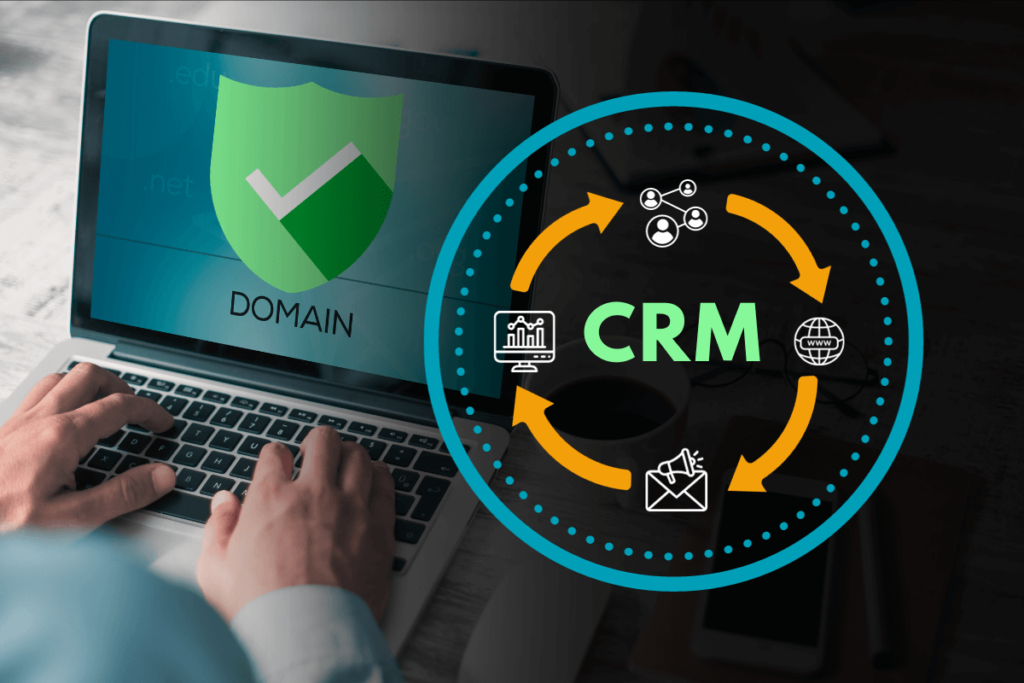Google and Yahoo are rolling out new email inbox protections in February 2024 that will enforce standards for domain authentication, opt-out and unsubscribe links, and spam rates. These protections appear to largely be a codification of industry best practices into policy. However, there are still some things for you to watch out for as we approach the February rollout.
Authenticate Your Sending Domains
Domain authentication has been an email best practice for years, but it’s a step that is easy for small businesses to skip. First of all, it requires having someone who can make edits to your domain hosting.
- Know where your domain is hosted, whether you have direct access to it or you have an IT company that manages it for you
- Find the domain authentication steps for your email platform (MailChimp, Hubspot, etc.)
- Follow the instructions to add the required records to your hosting. Confirm that the authentication was successful in your email platform (sometimes this can take some time).
MailChimp has domain verification, which is a step below domain authentication, but often has to be done first. So check on your platform to make sure that your domain is authenticated and not just verified.
Review Your Opt-Out Links and Procedures
The current unsubscribe links provided by major email platforms should already comply with requirement #2, and it appears that these platforms are making improvements in line with this change. However, a potential concern arises when companies send emails from different platforms, and unsubscribes are not automatically transferred between them. This is why it is important to use a centralized source of truth, such as a CRM, that integrates with all of your platforms to automate this process as much as possible.
Evaluate Your Spam Rates
We have long known that if you continuously send emails with high spam rates you run the risk of your domain being blacklisted. But now Google and Yahoo have given us a specific spam threshold to target – 0.3%.
To keep them delivering your emails to their intended recipients, you need to make sure that your average spam rate does not go above 0.3% of emails sent. You can see this metric within your email tool. Note that this is different from the unsubscribe rate. That measures the number of people who declined to receive any more emails from you through your unsubscribe link, while the spam rate measures the number of people who marked your message as spam.
For our clients who have current opted-in lists and easy-to-find unsubscribe links in the footers of their emails, we generally see a spam rate of around 0.01%.
If you are starting with a new list, or if you notice that your spam rate is dangerously close to the 0.3% threshold, here are some steps you can take:
- Make sure that all recipients on your list have opted in to receive your emails
- Avoid sending emails to outdated or questionable lists without first sending an opt-in message
- Conduct a re-engagement campaign to allow contacts to confirm their preference to continue receiving emails. This will result in a cleaner and more responsive list
- Implement double opt-in for new contacts
- Make the unsubscribe link more prominent in your emails. It is better for someone to unsubscribe than to mark your email as spam
Final Thoughts
Protecting your sending reputation is a fundamental aspect of successful email marketing, particularly with the policy changes from giants like Google and Yahoo. Sound domain authentication, well-managed opt-out links and procedures, and conscientious monitoring of spam rates are key strategies for maintaining your credibility.
By incorporating these practices, you not only adhere to industry standards but also ensure that your emails are delivered effectively, fostering a positive relationship with your audience. Anticipating and adapting to these changes will enhance your email marketing initiatives and protect you from future challenges.
Ready to revitalize your email list? Discover the art of executing an effective email re-engagement campaign here:


